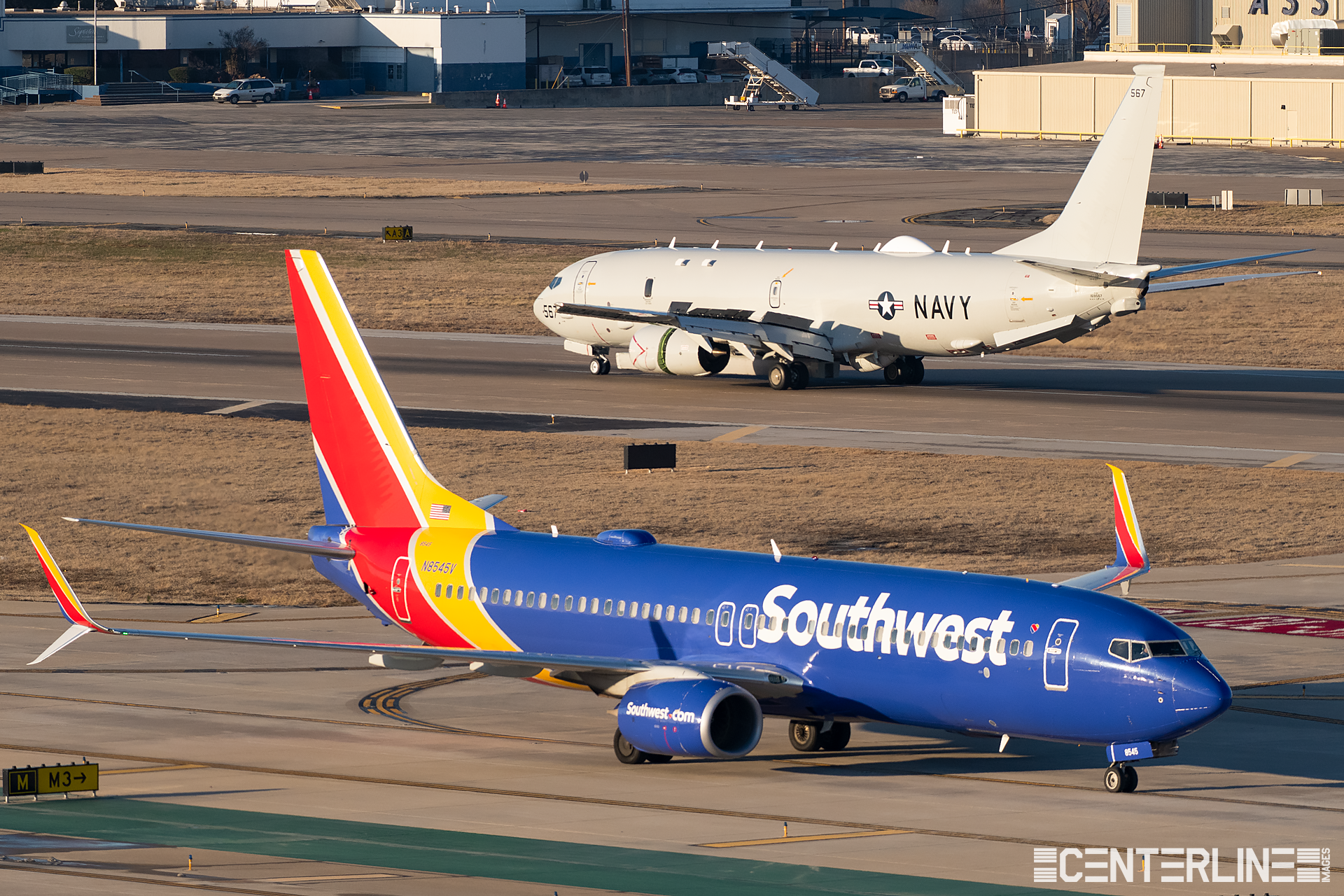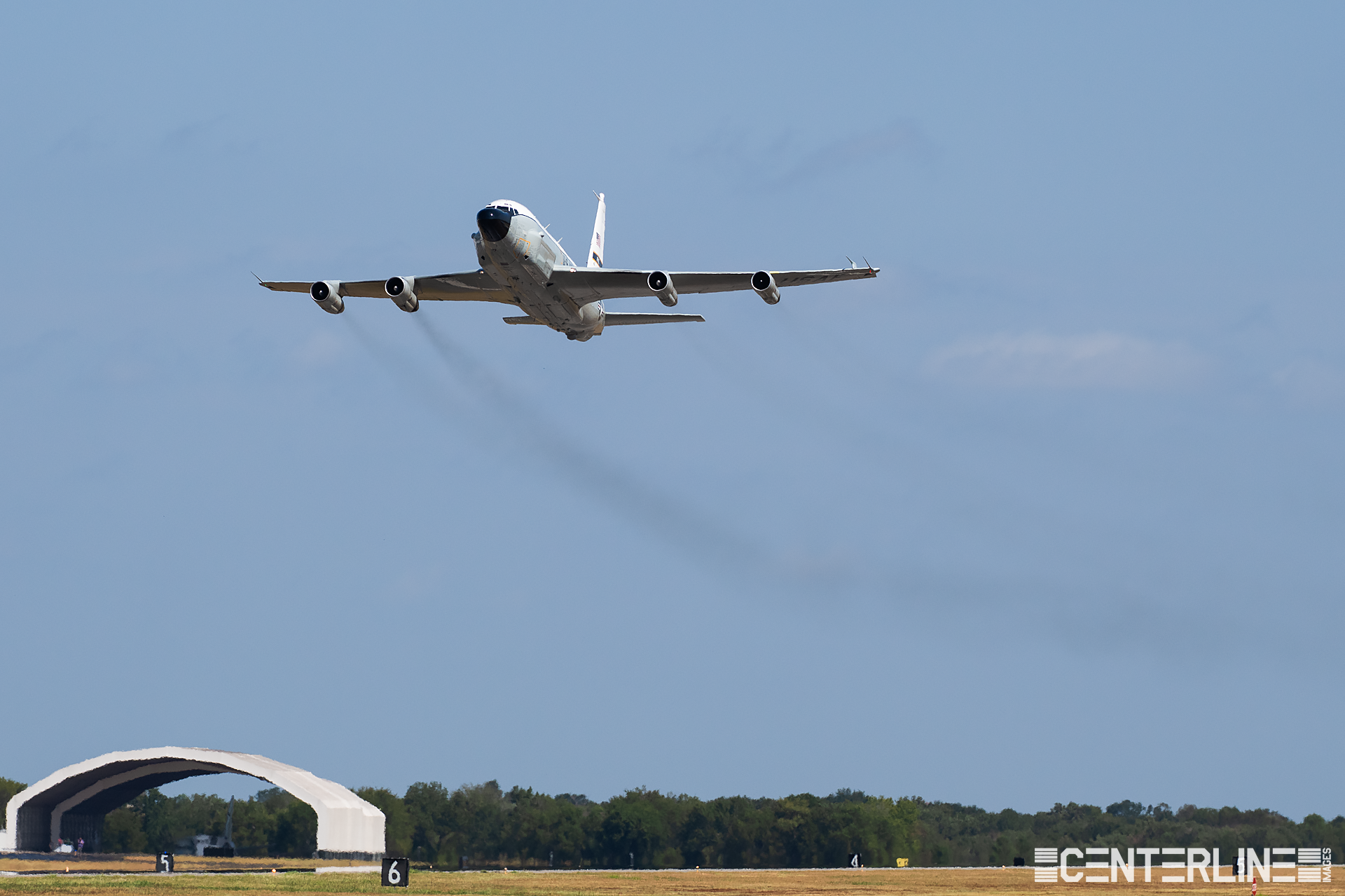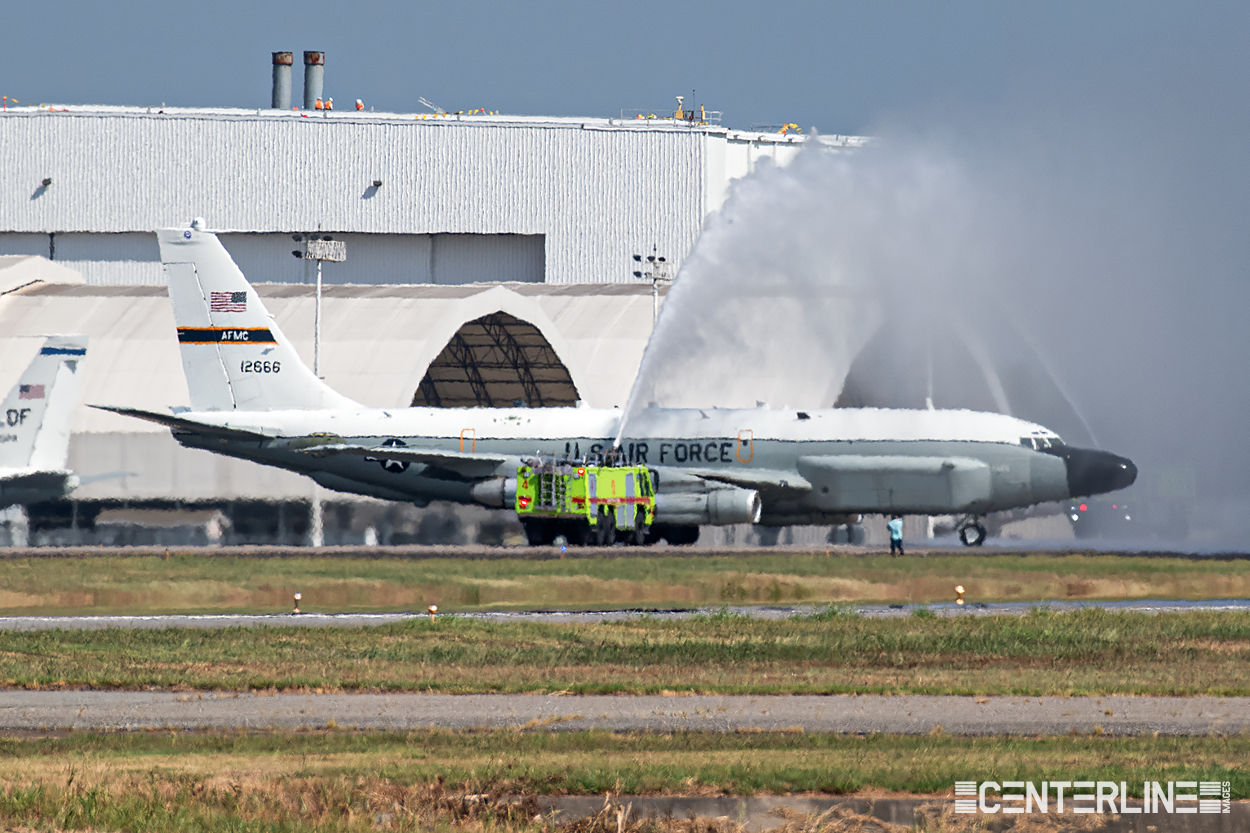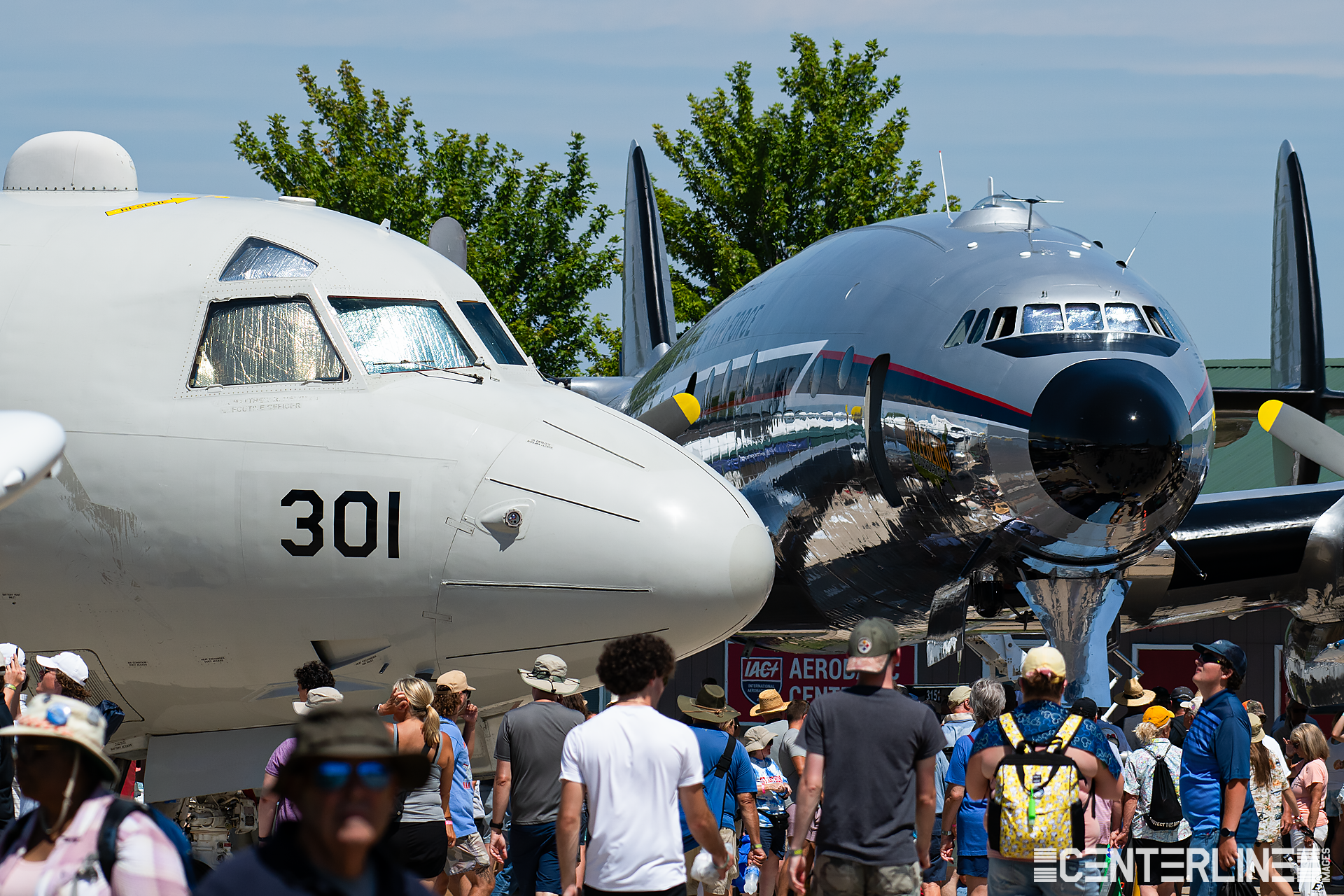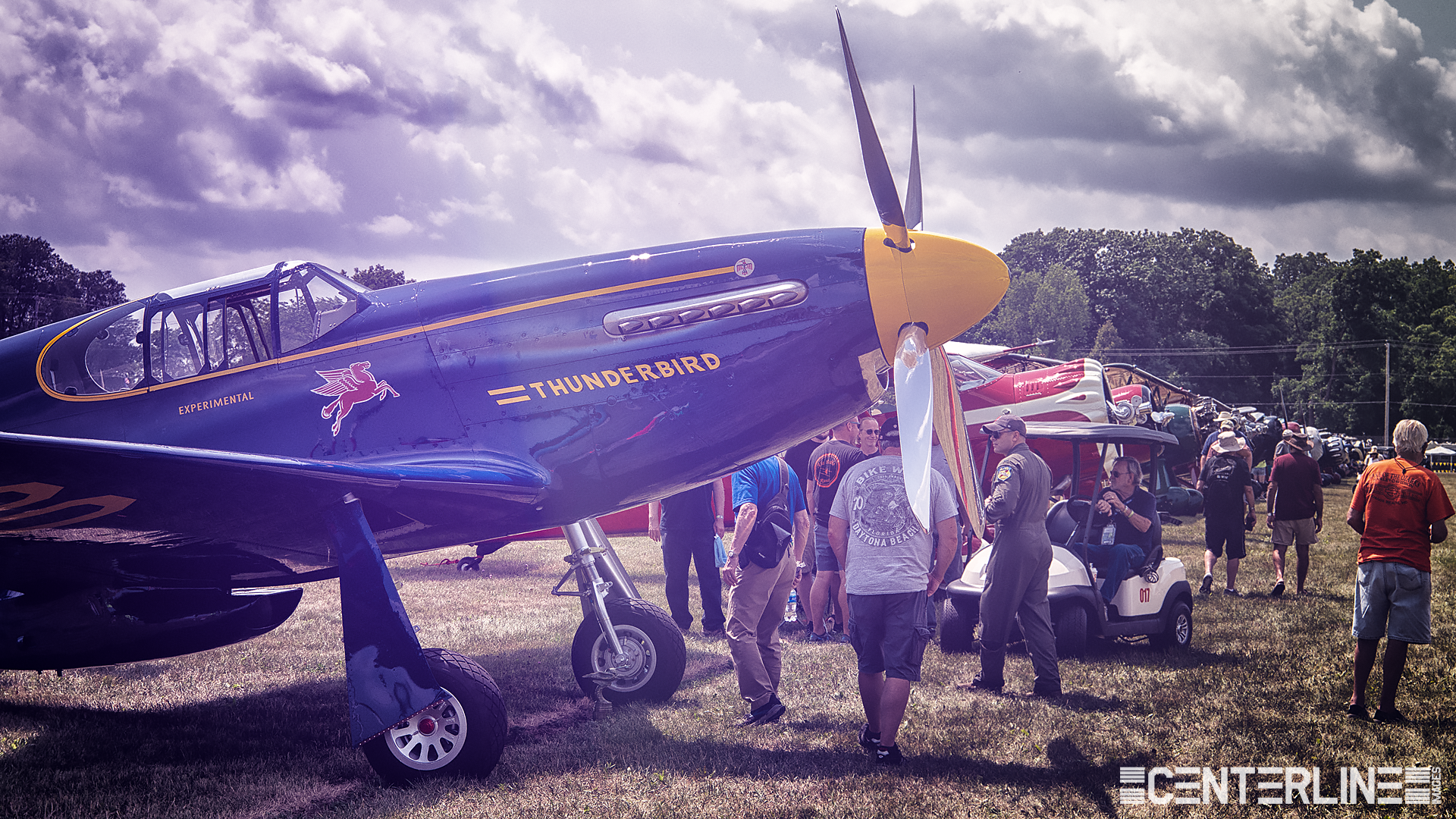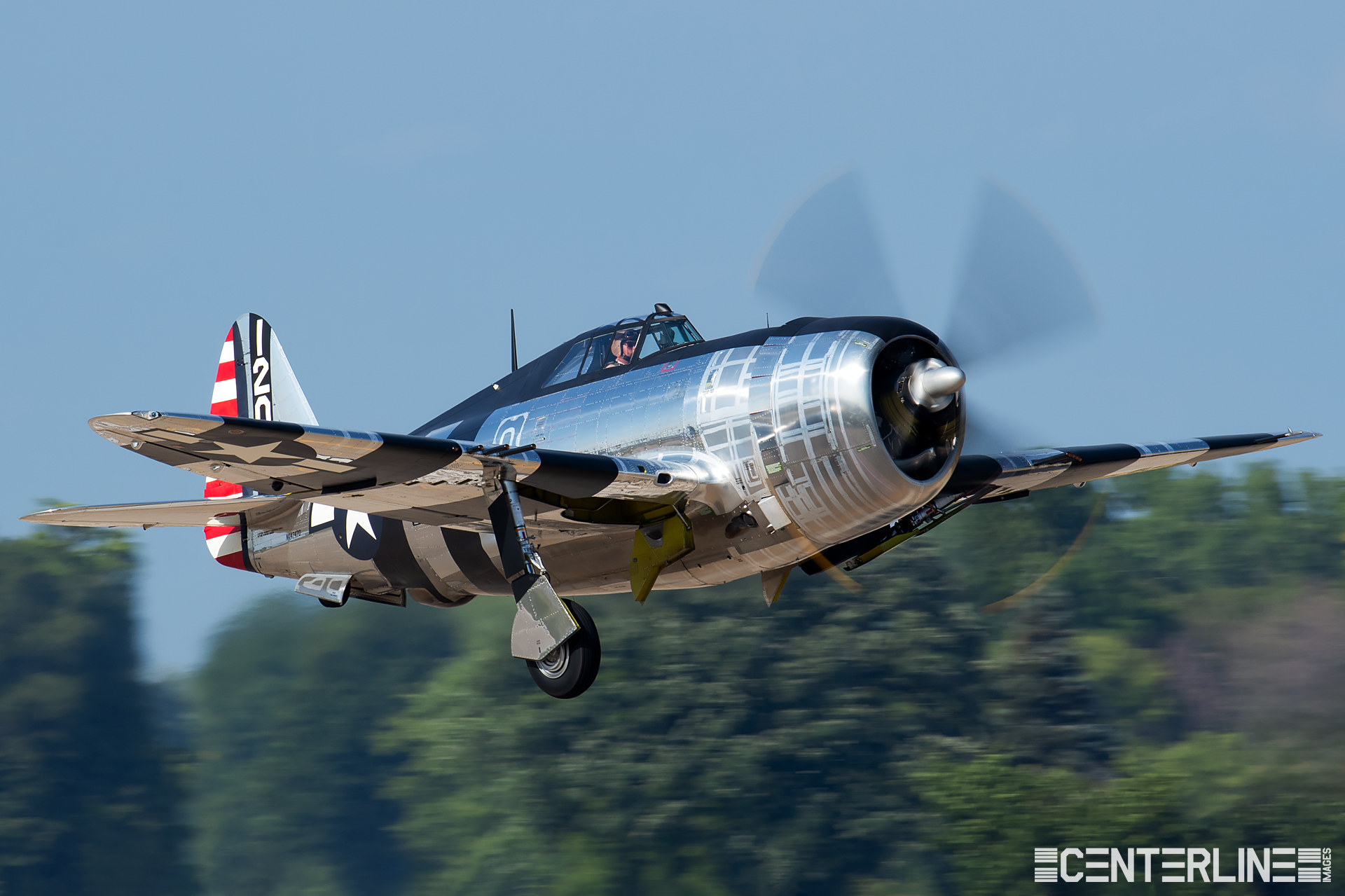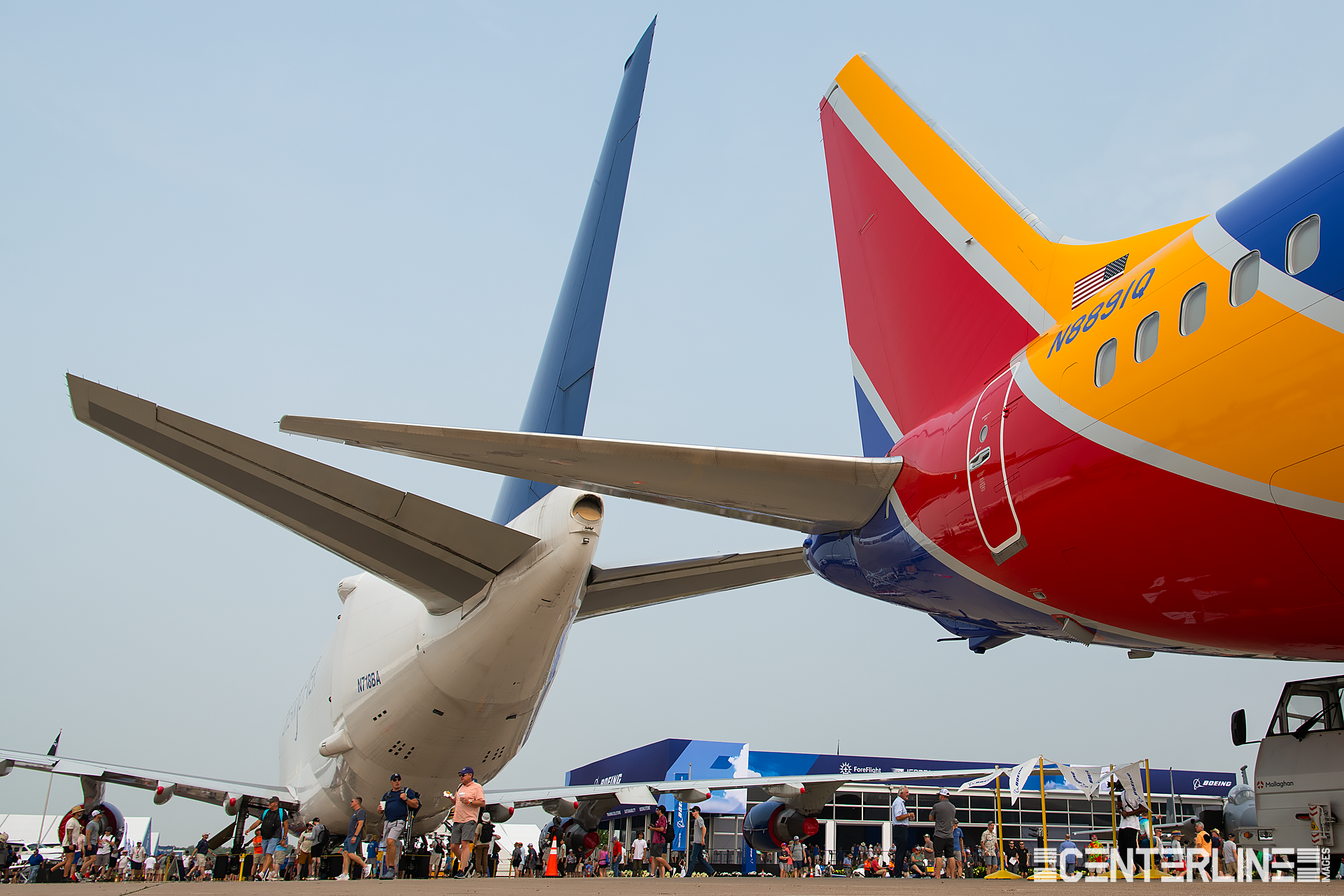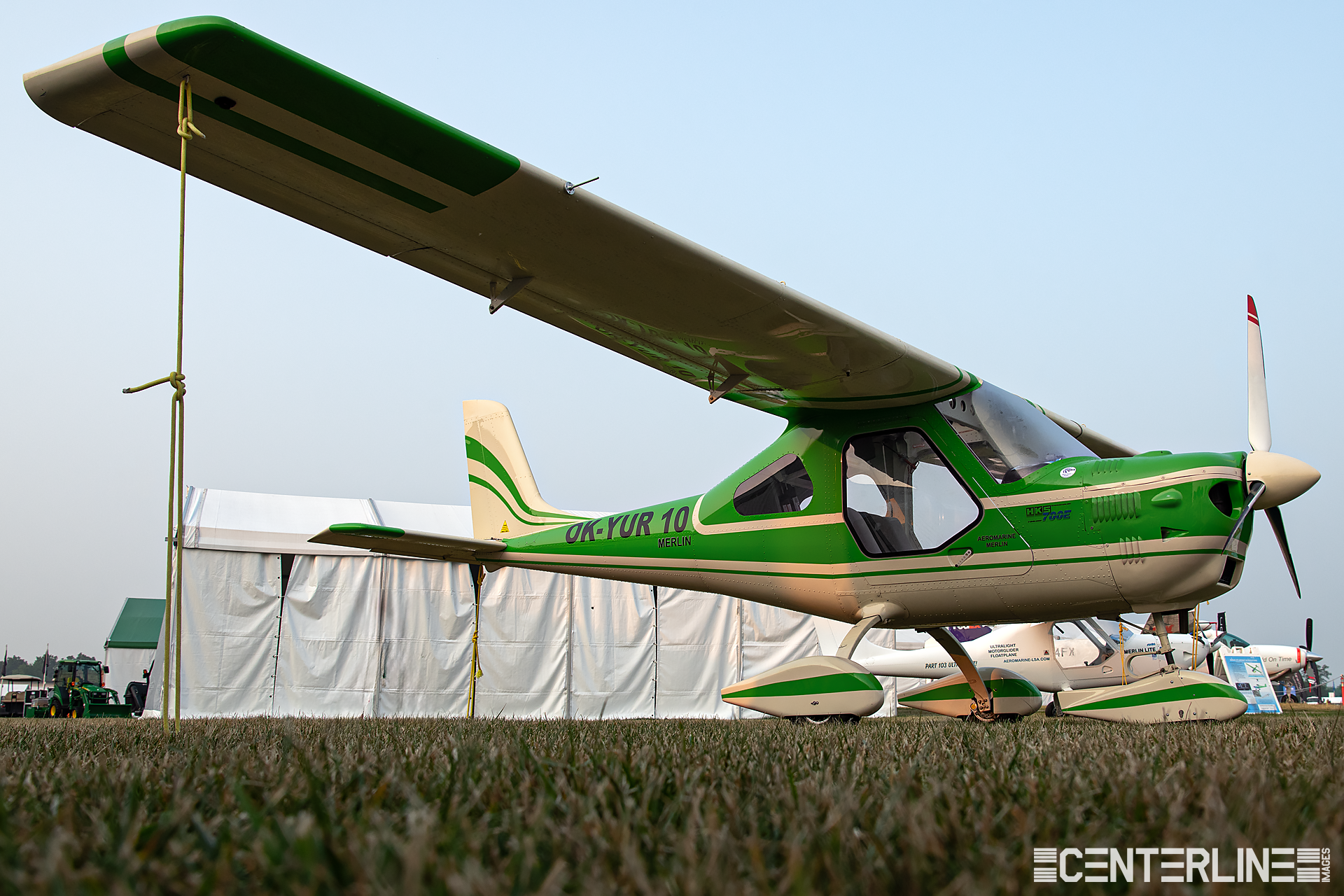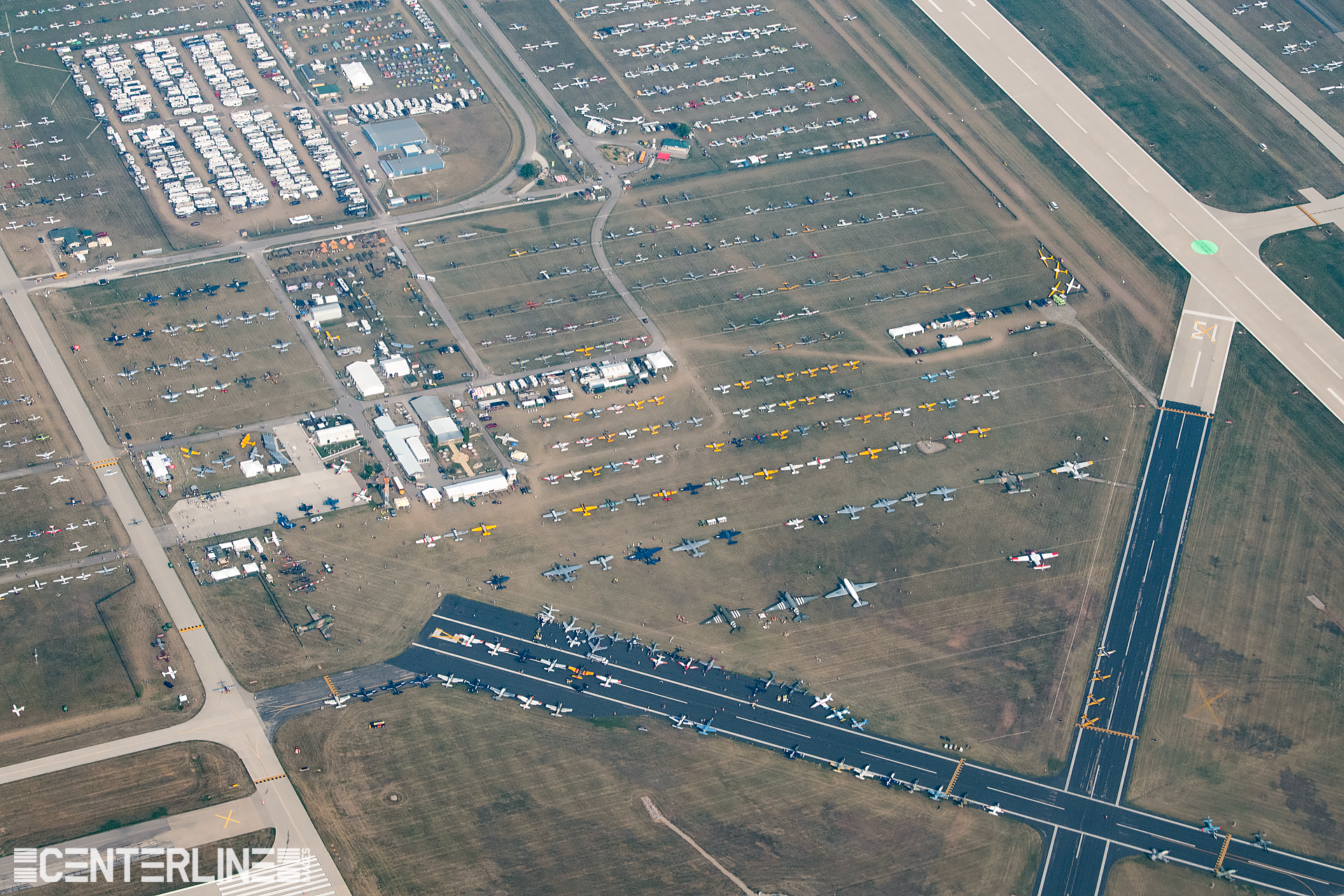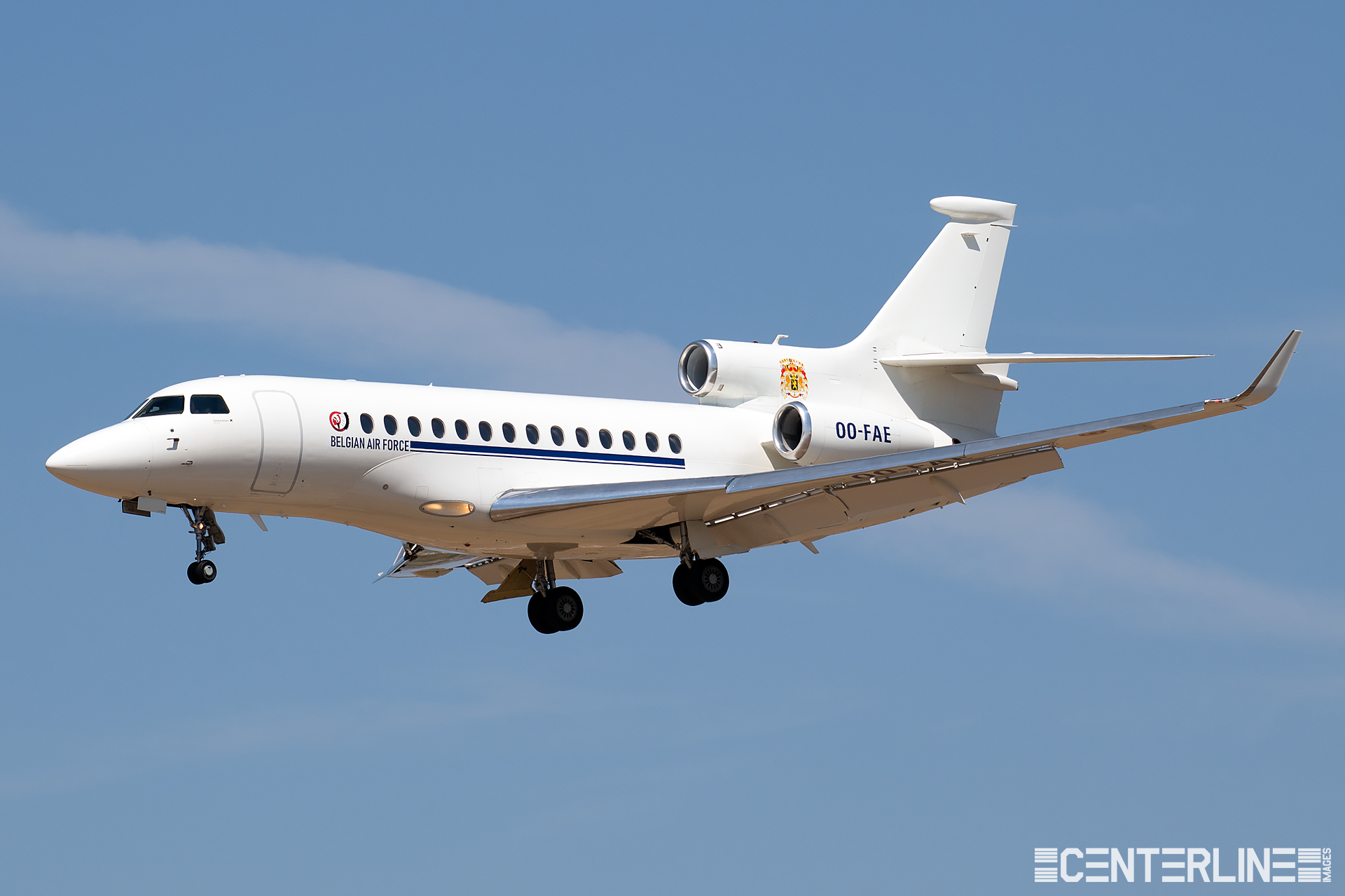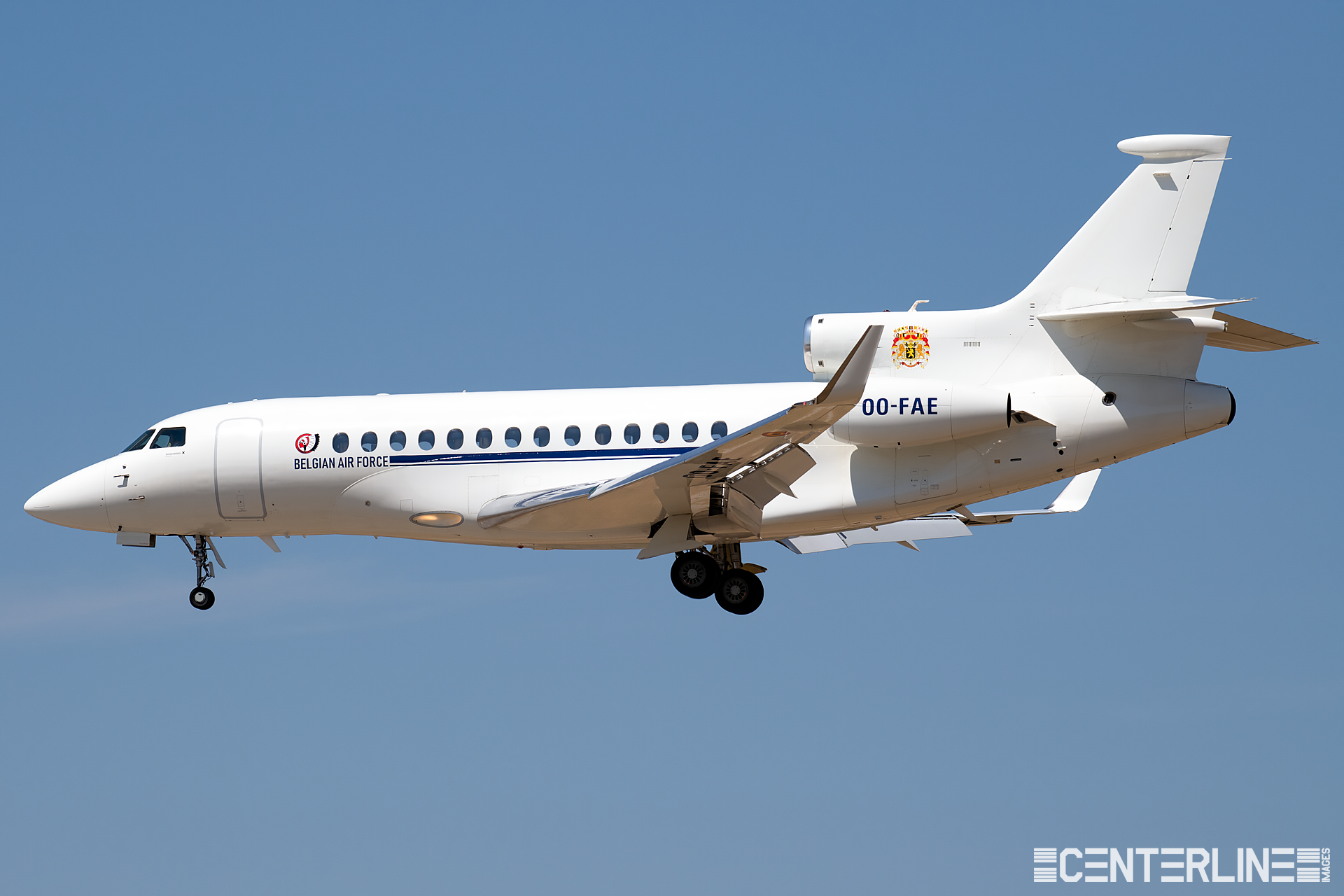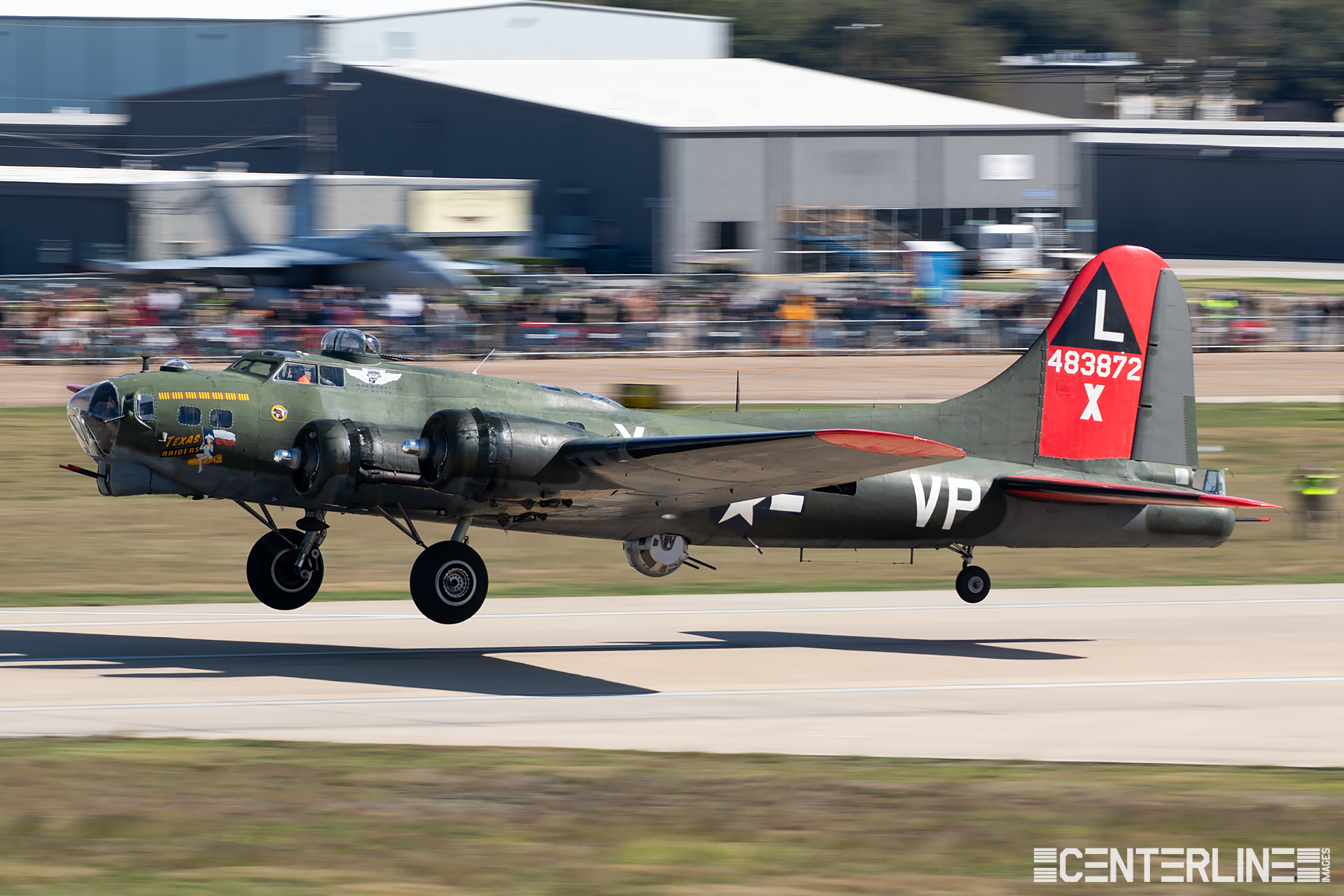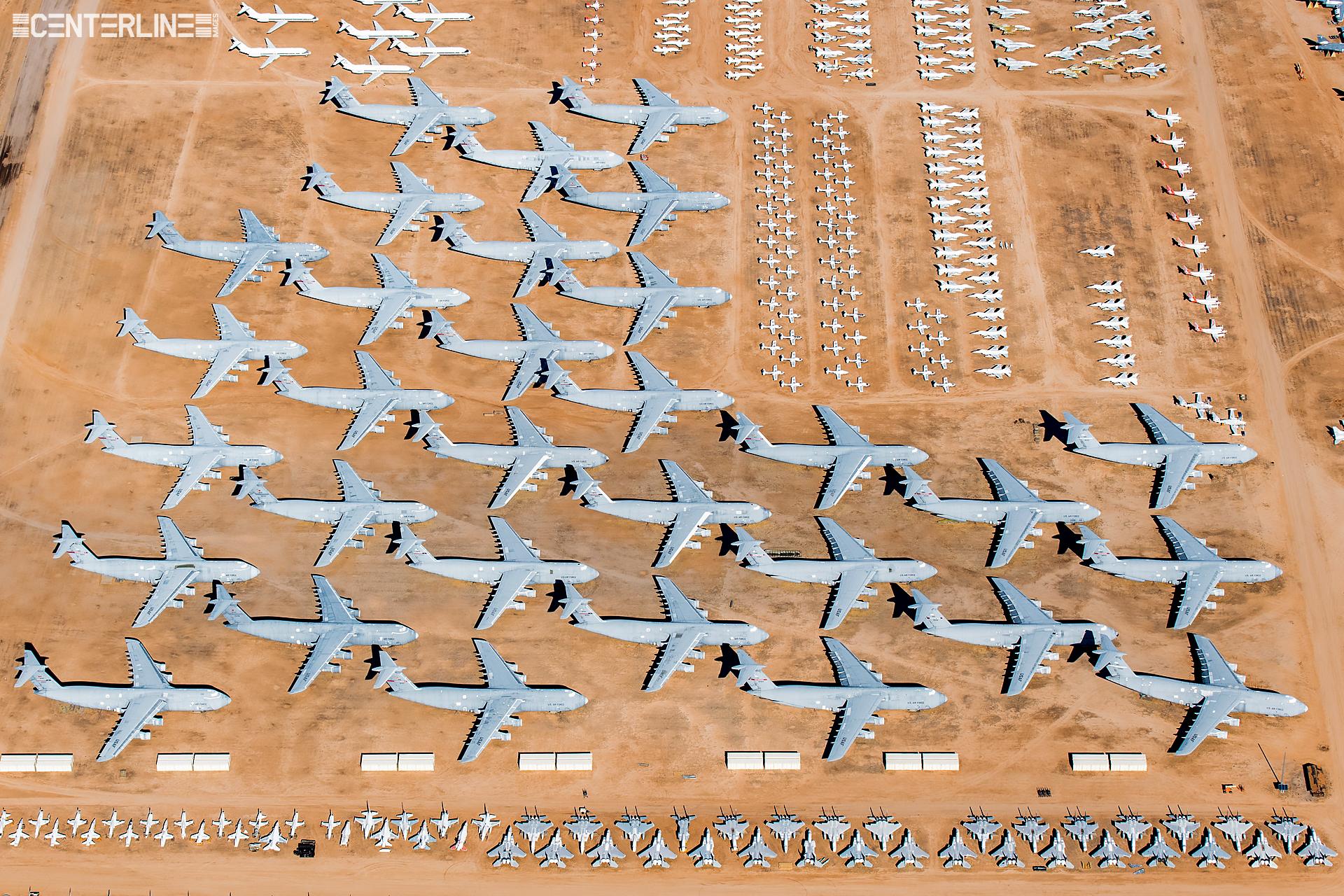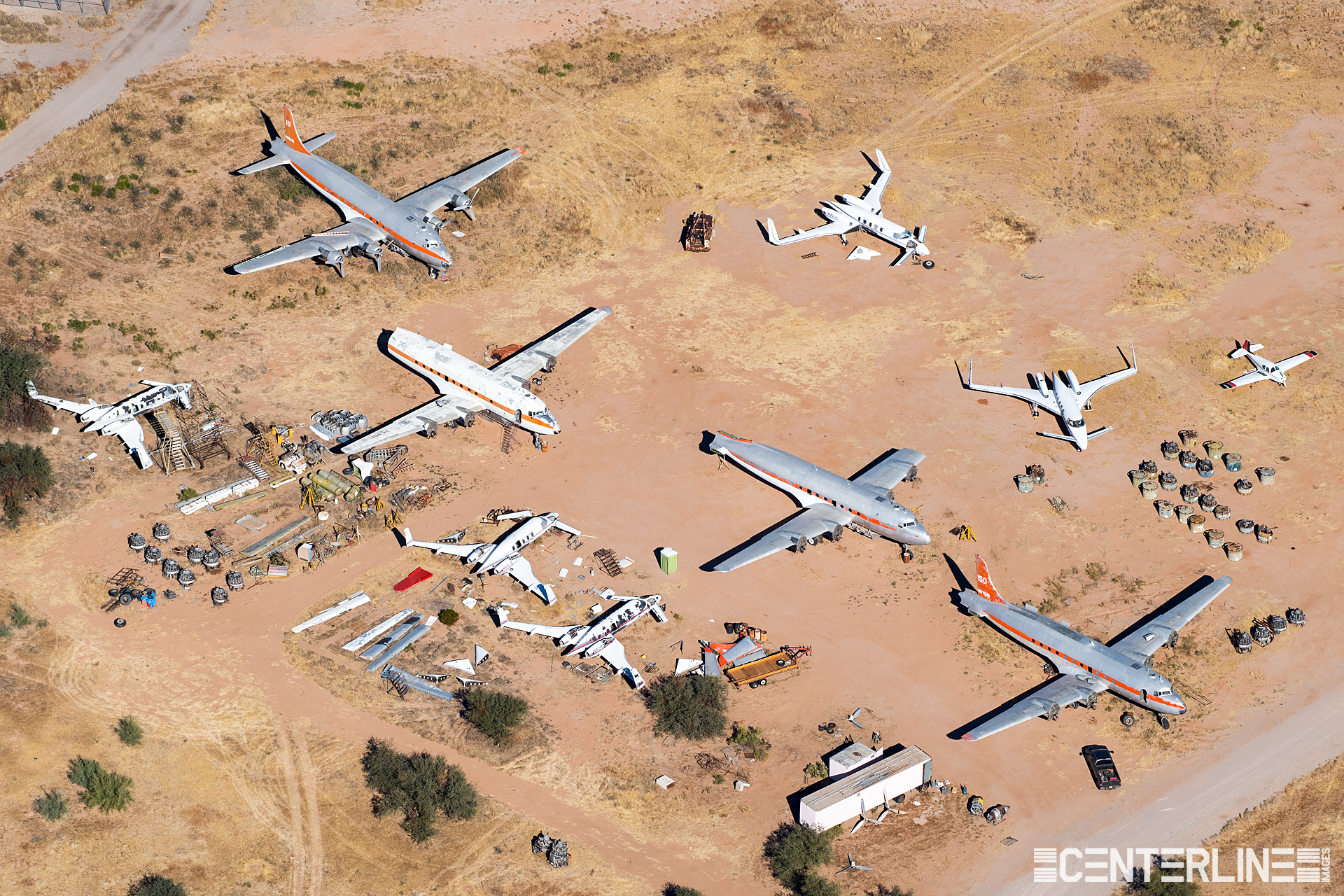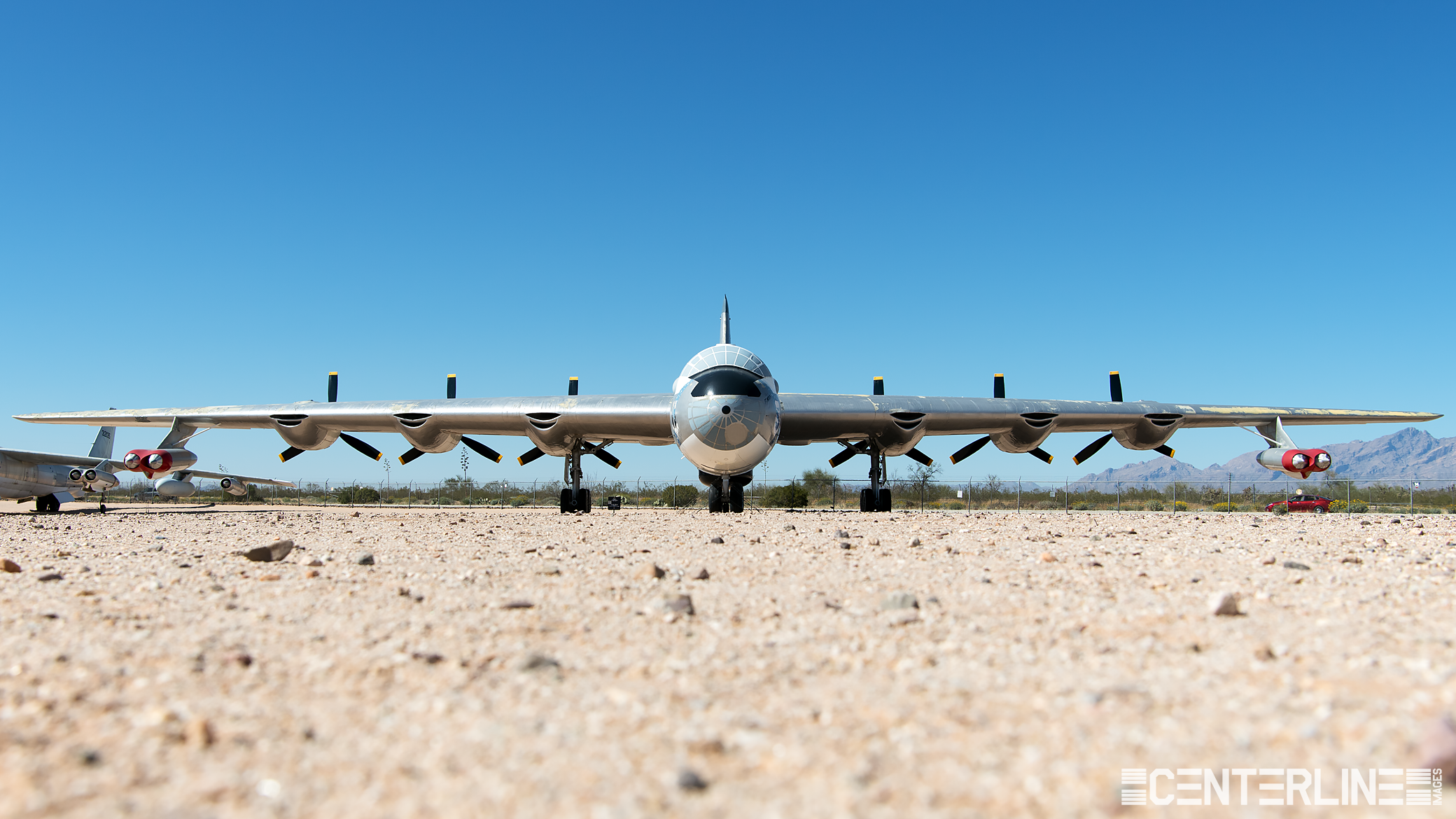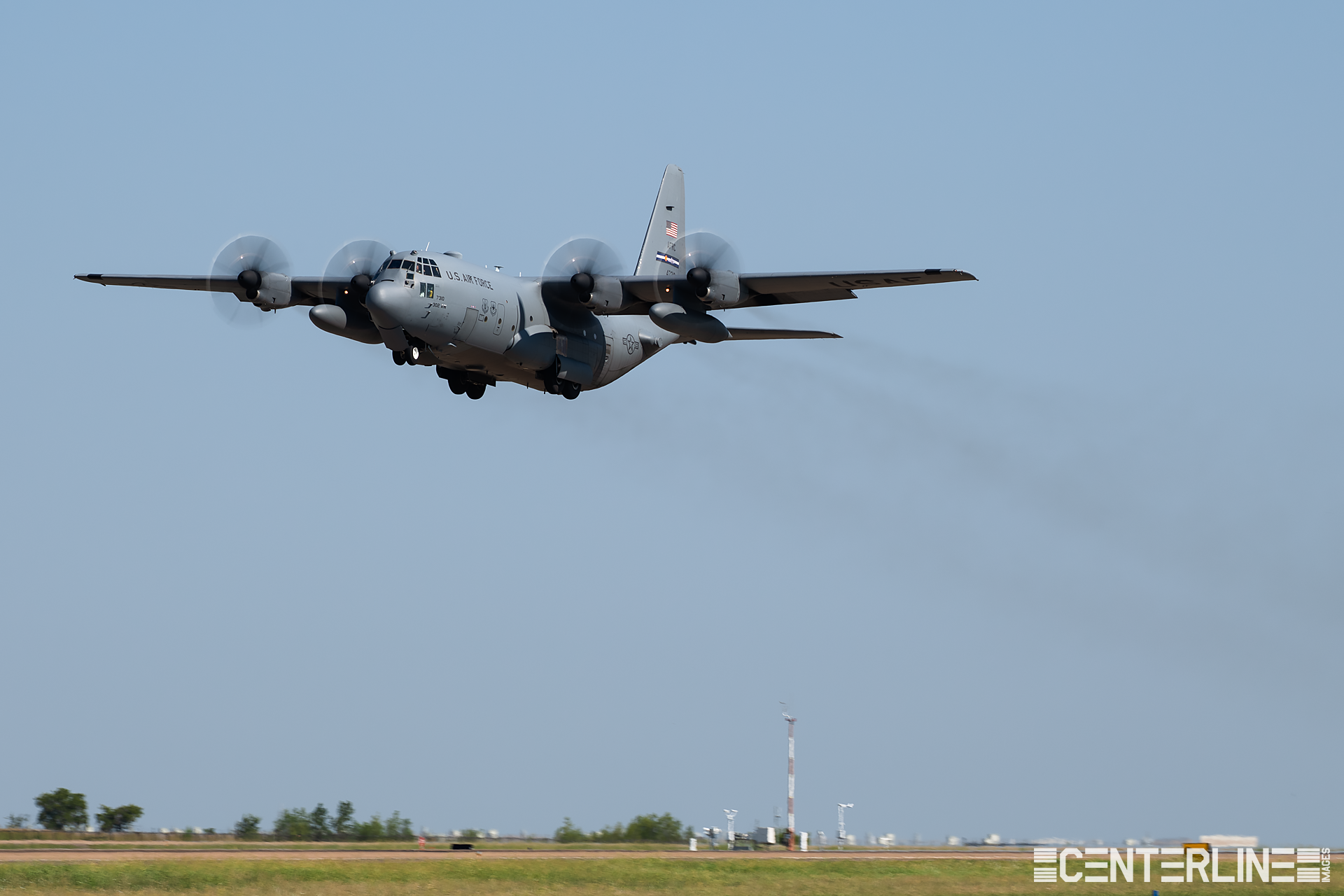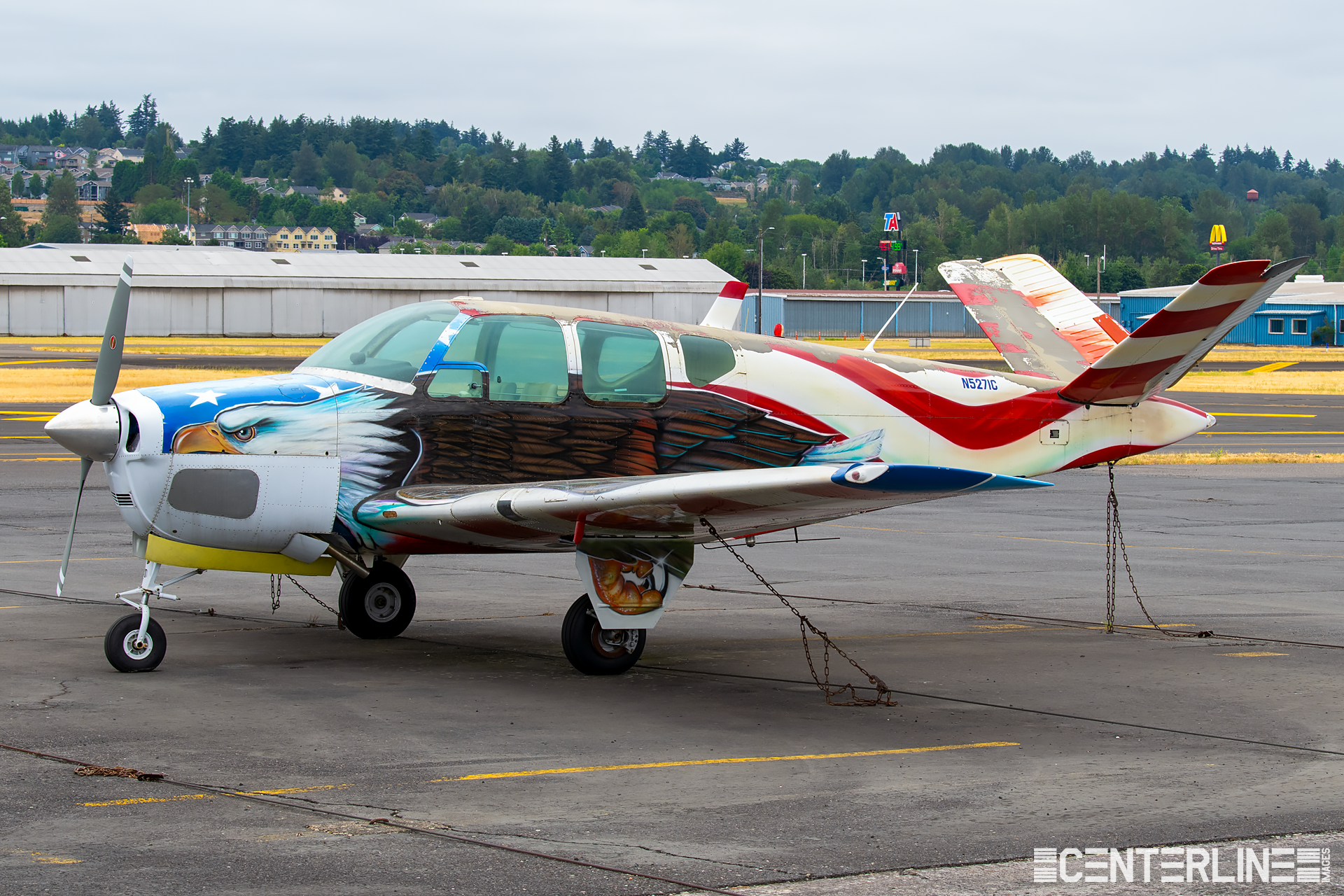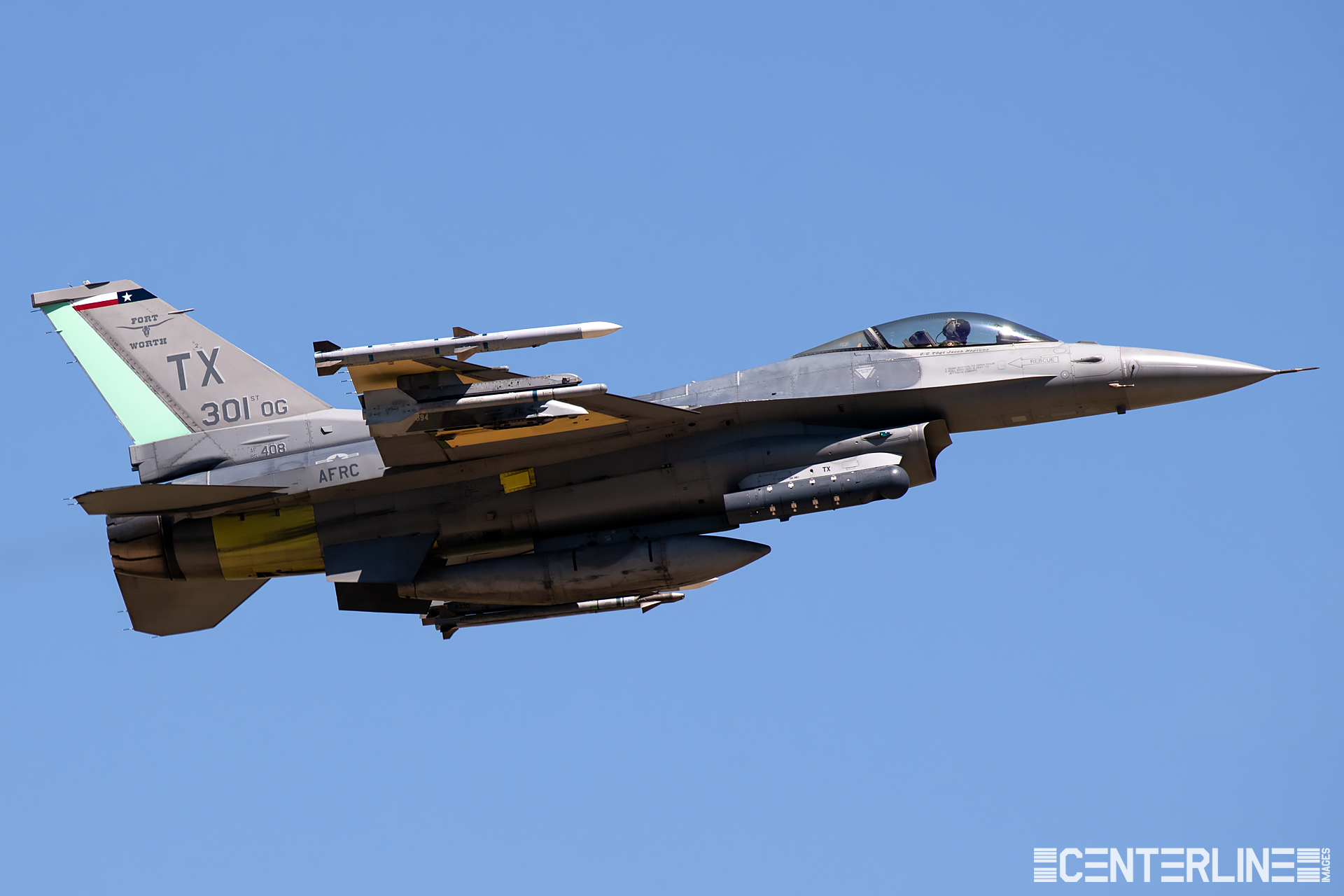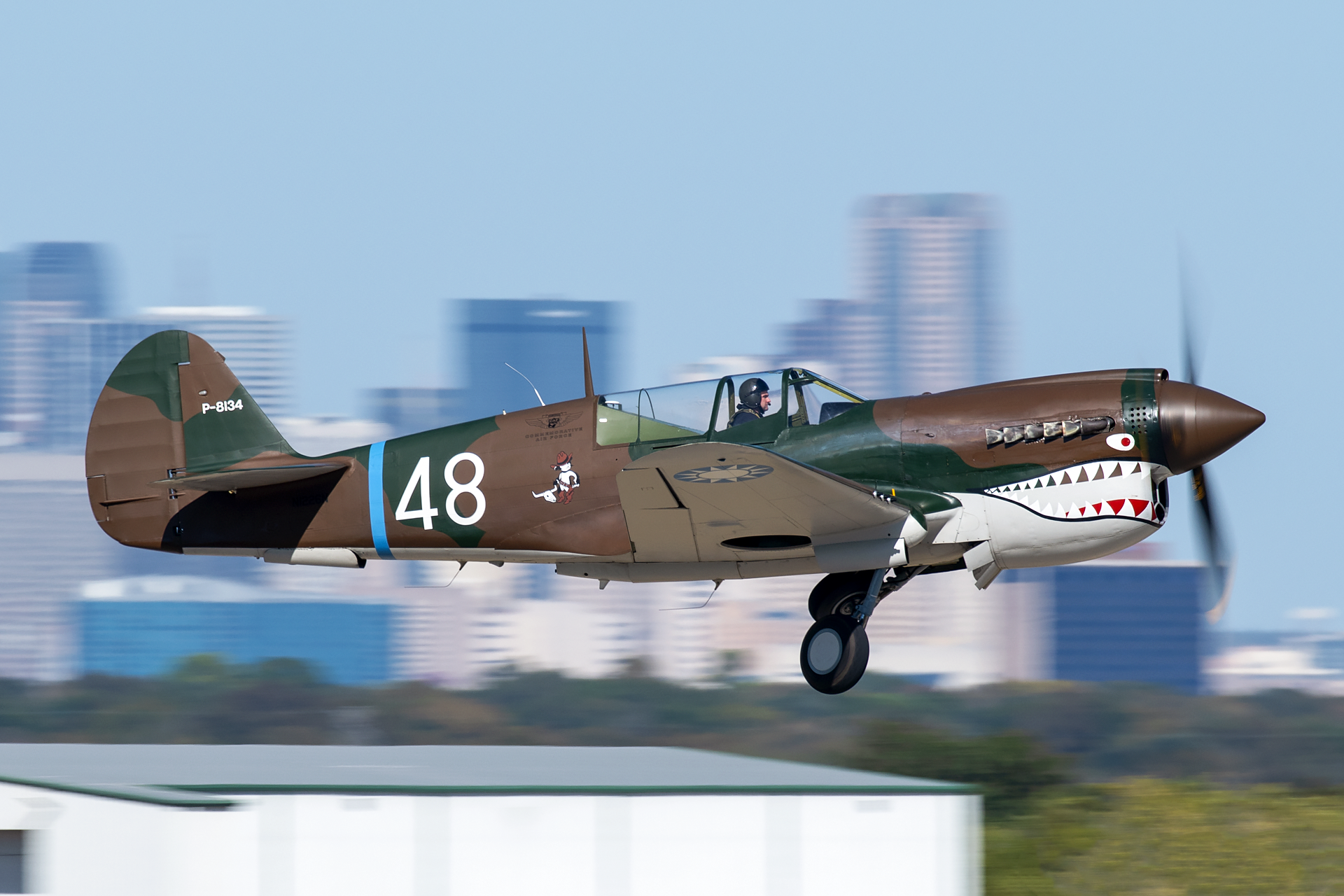
Curious on the backstory behind the photos? This is the place. You'll find not only write ups on local outings, but also reviews of major events I’ve attended.
A New Look For The Dallas Poseidon
An interesting group of mumps and bumps on this P-8A Poseidon seen landing at Dallas Love Field, including a new dorsal fairing near the tail! The aircraft is part of the classified BUPERS SDC Dallas test & evaluation unit.
"SHINR02" touching down on runway 31R at Dallas Love Field back in February after a training sortie over the Gulf of Mexico. This Poseidon is part of the secretive Dallas Love Field-based US Navy detachment BUPERS SDC Dallas/NAWC-23 and appears to have received a new dorsal fairing modification near the tail! The following information is all publicly accessible online.
The tight-lipped Dallas, Texas-based unit plays an important role in test and evaluation of advanced sensor technology such as Raytheon's AN/APS-154 Advanced Airborne Sensor (AAS), which can be seen in these photos slung underneath the aircraft. According to the US Navy, the huge pod was first flown on the P-8A Poseidon in 2015.
The AAS is a state-of-the-art radar used on the P-8 Poseidon maritime patrol aircraft. Developed by Raytheon, the AAS is an upgrade to the AN/APS-149 Littoral Surveillance Radar System (LSRS), which was designed to provide multi-function target detection and tracking as well as high-resolution ground mapping at standoff ranges covering land, littoral, and water areas.
The AAS boasts a double-sided AESA radar, offering near 360-degree coverage and the ability to simultaneously scan, map, track, and classify targets. Moreover, the radar contains a moving target indicator (MTI) that can detect, classify, and track targets on land and at sea at the same time. Synthetic aperture and inverse synthetic aperture radars generate clear, high-quality imagery of inland and ocean areas, allowing P-8 crews to profile vessels from long distances and in adverse weather conditions. The AAS can even detect the faint wakes left by submerged submarines on the surface of the ocean.
The AAS is a game changer for the U.S. military. Once a hostile vessel is identified, targeting information can be sent to another armed platform and a networked weapon can be guided to the target through a data link. As for the rest of bumps and and antennas, I could only speculate as to how they play a role, but I'll refrain.
Triple 6: End Of An Era
The Air Force retires an important testbed, and with that, the signature smoky TF-33 engines on the type.
September 5th, 2023 marked the end of an era in North Texas, in a couple of ways. The 61-year-old NC-135W testbed, Triple 6, was retired to the Davis-Monthan Air Force Base boneyard, formally known as AMARG, a massive aerospace storage and maintenance facility adjoining the Arizona base. Triple 6, nicknamed in reference to the airframe's serial number, 61-2666, spent the second half of its life in Greenville, Texas under the Big Safari program, also known as the 645th Aeronautical Systems Group. The Big Safari program is a United States Air Force program that began in 1952, providing management, direction, and control of the acquisition, modification, and logistics support for special-purpose weapons systems derived from existing aircraft and systems.
Arguably of even bigger significance from yesterday's retirement was that this officially concluded operations of the Pratt & Whitney TF-33 engines on US Air Force C-135 series aircraft. The type has used the engine for well over half a century. The TF-33 is the military designation for the Pratt & Whitney JT3D which equipped iconic airliners such as the Boeing 707 and Douglas DC-8 in the early years of the Jet Age. With the retirement of the TF-33 comes the absence of the piercing scream and soot trail that were hallmarks of this now-outdated aviation technology. All remaining C-135s are retrofitted with the much more quieter CFM56 engine, which also equip the Boeing 737NG, among other modern aircraft.
On departure, the crew of Triple 6 put on a great show, performing an impressive immediate right turn after departure for the employees of the facility followed by a couple spirited passes, before turning on course for an unpressurized 12,000 foot cruise over to its final resting place in Arizona. If you look closely, you'll see hundreds of signatures by people involved with the program down the side of the airframe.
Triple 6 has quite the impressive resume. According to the wonderful Aerial Visuals website, 61-2666 was originally built in February 1962 by Boeing in Renton, WA, USA as a C-135B-BN. Impressively, only two months later in April 1962, it set a few speed and cargo lift records. Later, in August 1965, it was converted to a WC-135B and was operated by the 55th Weather Reconnaissance Squadron until 1989. Notably, 61-2666 provided support for atmospheric sampling after the Chernobyl nuclear reactor accident. In 1989, it was transferred to Det. 2, 645th Materiel Squadron in Greenville, Texas where it has supported flight testing of the RC-135 fleet ever since.
In May 1995, there was a conversion to WC-135W, which included new equipment for evaluation and various antennas. In 2003, it was converted again, this time to its present-day NC-135W standard. Up until its retirement yesterday, it was still being used to test RC-135 equipment upgrades on behalf of Greenville's Det. 2, 645th Aeronautical Systems Group, 303rd Aeronautical Systems Wing.
With Triple 6's retirement, the USAF began searching for a replacement and eventually settled on TC-135W Stratolifter (serial 62-4133). In February, the previous trainer was flown from Offutt AFB to Greenville Majors Airport for conversion to NC-135 standard and will be incorporated into the Big Safari Program to continue testing upgrades for the RC-135 fleet.
This unique testbed is unfortunately just the latest in a mass extinction of classic military aircraft the past 10 years, but thankfully many more will continue to soldier on in Air Force service thanks to continuous improvements brought on by aircraft like Triple 6.
The Super 80 Send Off
The conclusion of American Mad Dog operations happened four years ago and I had the privilege of being on airfield for the historic day!
September 4th, 2023 marks four years since the final day of revenue operations for the American Airlines MD-80, affectionately nicknamed the Mad Dog. On September 4, 2019, many aviation enthusiasts and employees mourned the end of an era as the last American Airlines MD-80 flights took to the air concluding 36 years of operations for the Dallas/Fort Worth-based airline.
I was one of the lucky ones to witness the occasion in person as I attended the "Super 80 Send-Off" hosted by the DFW Airport. As I gazed upon the sea of American MD-80s lined up on the tarmac, I couldn't help but feel a sense of nostalgia and gratitude for this aircraft - this workhorse of American Airlines that had carried so many passengers to destinations all over the world.
The numbers speak for themselves - the MD-80 constituted a whopping 44 percent of American Airlines' fleet at its peak in 2002 and carried over 87 million passengers in its lifetime - truly a testament to the aircraft's reliability and versatility.
In tribute to the airframe, American operated the final revenue flight from Dallas/Fort Worth to Chicago O'Hare as flight 80. The rest of the departures were non-revenue position legs with the majority going to Roswell for storage. Lucky for us watching, many of the pilots performed some rather spirited departures including wing waves and low transition departures!
Love it or hate it, here's to the Mad Dog - a true aviation legend. The skies are sure quieter without it!
Dynamic Duo: The Fire Boss
A pair of Fire Boss display their impressive capabilities in a time critical situation!
On August 23rd, 2023 around 2 PM, a wildfire broke out on the outskirts of Salem, Oregon, and quickly spread. The Marion County Sheriff Dept took to social media to urge residents to evacuate the area immediately - stating that it was unsafe to stay and that the fire threatened the safety of everyone in the vicinity.
As soon as the authorities arrived on the scene, they realized that air support was essential to get the fire under control. Coastal Air Strike , an aerial firefighting company, dispatched two of their AT-802F Fire Boss tankers from The Dalles, Oregon. These impressive aircraft were soon on hand to provide much-needed support from above.
Rapid action is critical when dealing with wildfires as the slightest change in wind direction or speed can intensify their impact. Fortunately, the Fire Boss SEAT is capable of scooping 800 gallons of water in just 15 seconds. It can refill from nearby sources such as rivers, lakes, and reservoirs, dropping its payload for over three hours before refueling. The two pilots involved in this mission sourced water from the nearby Willamette River, adjacent to the quiet town of Independence.
Thanks to the quick thinking and bravery of these first responders, the fire was contained by 7:15 PM and evacuation orders were lifted. While the fire had burned at least 10 acres, the quick action of the authorities and the skill of the Coastal Air Strike crew saved the day.
Jetstar Country
Deep into Southern Oregon can some of the last of the Jetstars be found..
Last year, I had the opportunity to visit the Klamath Falls region of Southern Oregon and stumbled across a truly unique find. Driving down the highway, I came across a rare derelict DeHavilland Heron fuselage on the side of the road - quite the shock. Of course, I stopped and grabbed a few photos to share with you all on Facebook. Little did I know, this would lead to yet another exciting discovery..
After posting the photos online, I received a message from someone asking if I was still in the area. To my surprise, within 30 minutes I had arrived at a nearby airport and was surrounded by three beautiful and rare Lockheed JetStars IIs! The aviation community never ceases to amaze.
Now, you may be wondering what these Jetstars were doing parked in Klamath Falls. Well, back in 2021, there was quite a stir in the classic business jet enthusiast community when it was reported that a Klamath Falls-based company had purchased four Lockheed Jetstars, including two that had been impounded in Conroe, Texas for a number of years. Eventually, the aircraft were flown to the southern Oregon city and parked in a remote corner of the airport.
Initially, speculation was rife among aviation fans that these aircraft would be restored to their former glory and once again take to the skies. Unfortunately, as is often the case, the reality of the aviation market is that engines hold the most value on retired airframes. It was soon discovered that the Jetstars had actually been purchased for their valuable Garrett TFE731 turbofan engines. With four engines on each Jetstar, that is potentially 16 sought-after engines now in the company's possession!
While this may be disappointing news to die-hard enthusiasts, it is important to remember that these aircraft will help other planes fly on for many more years to come. This is just the reality of the aviation business, where cost-savings and financial decision-making are key to thriving.
On my visit to Klamath Falls, I was lucky enough to see three of the four Jetstars parked up:
1976 Lockheed L-1329-25 JetStar II (Reg N72GW/Serial 5205)
1978 Lockheed L-1329-25 Jetstar II (Reg N700RM/Serial 5224)
1977 Lockheed L-1329-25 Jetstar II (Reg N710RM/Serial 5213).
Of the four Jetstars purchased so far, only one, N900DB, has been cut up. It is likely that at least a couple more of these planes will meet the same fate. While it may be sad to see such iconic aircraft destroyed, this is just a normal part of the aviation progression and ensures that others will continue to fly safely.
Kenmore Air Harbor: Seaplane Heaven in the Pacific Northwest
A visit to the largest seaplane-only passenger terminal in the United States..
Kenmore Air Harbor is a seaplane enthusiast's dream come true, located at the northern end of Lake Washington just 10 miles away from downtown Seattle. It may be the largest seaplane-only passenger facility of its kind in the United States, but it’s also steeped in rich aviation history. Kenmore Air was founded in 1946 in Kenmore, Washington by Bob Munro as a charter and aircraft maintenance service. In 1954, the company began offering charter flights and scenic tours using seaplanes. Throughout the years, the company expanded its fleet and services, offering scheduled commuter flights, air ambulance services, and seaplane maintenance. Today, Kenmore Air is one of the largest seaplane operators in the world, serving destinations throughout the Pacific Northwest and British Columbia.
As of 2021, the Kenmore Air fleet contains 26 aircraft, including a variety of iconic seaplanes, such as the radial-equipped De Havilland DHC-2 Beaver, the De Havilland DHC-2T MK. III Turbo Beaver, its larger cousin, and the De Havilland DHC-3T Turbine Otter. As mentioned above, these aircraft are used for scheduled flights, charters, scenic tours, adventure escapes, and everything in between.
One of the best ways to get close to Kenmore Air’s seaplanes in action is to visit the Log Boom Park pier. From this vantage point, you can witness the seaplanes taking off and landing throughout the day. The best part? No matter the time of day, you're bound to see a variety of different colors on the planes thanks to the special paint jobs adorned by multiple Kenmore Air seaplanes. The schemes reflect the unique culture, businesses, and history of the Pacific Northwest.
For example, Turbine Otter, N50KA, is painted in the King5 News Evening promotional livery, while the Turbine Beaver, N32GW, is adorned in Fisherman's Landing BC colors. The Turbine Otter, N707KA, is painted in the Seattle Kraken promotional livery, and the another Turbine Otter, N90422, is decked in tribal patterns in collaboration with the Puyallup Tribe of Indians to promote new Tacoma service. My personal favorite has to be Turbine Otter N606KA "Spirit of the San Juans" which is painted up to represent an orca. The livery supports "Wild Orca" a non-profit founded by Kenmore pilots, in support of the region's orca population.
The below shots were taken earlier this month on a rather busy Saturday. The smoky skies from Canadian wildfires provided extra challenging lighting condition but I tried to make the best of it!
EAA AirVenture Oshkosh 2023
Despite difficult weather and events, Oshkosh 2023 was another one for the books!
Every year, aviation enthusiasts from all over the world gather in Oshkosh, Wisconsin for the World's Greatest Aviation Celebration, where they get to experience some of the best aircraft displays and activities. This year, the event managed to break records despite less-than-ideal weather conditions.
With temperatures regularly in the 90s and wildfire smoke from the north hanging in the air, visitors had a difficult time walking around in the direct sunlight for eight days straight. However, according to the EAA, the event was attended by approximately 677,000 people and more than 10,000 aircraft arrived at Wittman Regional Airport and other airports in east-central Wisconsin. There were even more than 13,000 sites for camping, accounting for an estimated 40,000 visitors.
The event also featured 848 commercial exhibitors and received a significant number of international visitors, with 2,372 attendees registering at the International Visitors Tent from a record-tying 93 countries outside the U.S. The actual total of international visitors was much higher, considering that not all of them register at the tent upon arrival.
This year's themes included EAA's 70th anniversary, 50 years since direct US involvement in the Vietnam War ended, the Air Force Education & Training Command, a Corsair "reunion", and a tribute to Public Benefit Aviation such as the Wisconsin Air National Guard, United States Coast Guard, JAARS, Civil Air Patrol, and others. With the large amount of military highlights, both past and present, you'll notice these albums contain more warbirds than past as a result.
Despite the challenging weather conditions, this year's Oshkosh Aviation Celebration was yet another successful event that broke records and attracted aviation enthusiasts from around the world.
The Belgians Invade Fort Worth
The Belgian Air Force pays Fort Worth a visit.
Belgian Air Force 80 landed at Fort Worth Meacham Airport this morning following a 10.5-hour flight from Brussels. The appearance of the Falcon 7X caught my attention, particularly in light of the recent news that the Belgian government is refusing to accept delivery of their first F-35As, originally slated for delivery by Fort Worth's Lockheed Martin later this year. This raises the question of whether the two events are linked. I suspect there's a possibility!
2022 Wings Over Dallas WWII Air show
Though the 2022 Wings Over Dallas Air Show was marred by tragedy, we must remember both those who were lost and the mission of the Commemorative Air Force.
It's been over 8 months since the tragic accident at the Commemorative Air Force Wings Over Dallas WWII Air Show. Like many others, I still think about that day often. It was a day that changed the lives of so many people forever.
As a photographer who was at the event, it's been difficult for me to look back at my photos from that day. The memories and emotions that they invoke can be overwhelming. However, after speaking with friends and families of those involved, I realized that my photos could serve as a tribute to those lost on November 12, 2022 who dedicated their lives to preserving and displaying these incredible pieces of aviation history.
The six men who tragically lost their lives on that day were all deeply dedicated to the organization, and it's clear that their passion and love for aviation was unwavering. I have no doubt that they would want us to continue to remember them and the Commemorative Air Force in a positive light. The accident does not define the 70 year-old organization and their thousands of selfless volunteers.
This photo album is dedicated to the six men who lost their lives: Terry Barker, Craig Hutain, Kevin "K5" Michels, Dan Ragan, Leonard "Len" Root, and Curt Rowe. They will forever be remembered by so many both for the lives they lived and their dedication to honoring our veterans through their passion of aviation.
I want to urge everyone to keep the comments section respectful and refrain from speculation. The investigation is ongoing, and there are still many people deeply affected by this tragedy. Let's honor those lost by continuing to support the Commemorative Air Force and the incredible work that they do.
The Elusive Starship
A spontaneous sighting of the iconic Rutan design!
Ever had a spontaneous moment that turned into something highly memorable? Well, that's exactly what happened to me during a quick stop at Addison Airport yesterday evening while testing some camera gear.
While pulling up to the airport, I was exhilarated to hear "Starship 1" call for taxi to runway 16. Moments later, the iconic Burt Rutan-designed executive transport came into view as it taxied out for runway 16.
After a quick run up, the 1994-built Beech 2000A Starship took to the skies with its recognizable popping sound, a byproduct of the rear mounted propellers cutting through the airflow coming off the exhaust and nacelles ahead. This particular airframe, number 51 of 53 ever built, is based in Aspen, Colorado, but appears to be getting some kind of work done in Addison, which is home to two of the incredibly rare Starships itself.
After a short time flying east of the DFW area, N514RS headed back for Addison and I was able to catch its arrival and taxi in, which showcase the aircrafts incredibly unique design features including the large nose mounted canard and push props.
A brief history on this fan favorite.. The Beechcraft Starship is a twin-engine turboprop aircraft built by Beechcraft in the 1980s and 90s. It was one of the first aircraft to use composite materials extensively, with its entire airframe made of carbon fiber. This construction technique allowed for a sleek and aerodynamic design, which contributed to the Starship's high speed and fuel efficiency. However, due to its high cost and limited market demand, production of the Starship was discontinued after only 53 aircraft were built. Today, the four remaining airworthy Starships are highly sought after by enthusiasts around the world and always turn heads.
AMARG Overview - Dec 2020
An overview of AMARG from Dec 2020.
Some of the 57 C-5A Galaxies in storage at AMARG, often referred to as "The Boneyard." Shortly after this photo was taken in late 2020, the USAF began scrapping some of the Galaxies in this photo.
Davis-Monthan Air Force Base - KDMA (Tucson, Arizona)
December 13, 2020
Thanks to my photo pilot Curt for putting me into awesome position for such shots!
Marana Regional Overview - Dec 2020
End of the road for many of these iconic aircraft.
An interesting assortment of classic aircraft at Marana Regional Airport, including Beech Starships, and multiple DC-4 firebombers.
My understanding is that most if not all of these aircraft have since been cut up/relocated. Unfortunate if true!
Marana Regional Airport - KAVQ (Marana, Arizona)
December 15, 2020
PEACEMAKER
It’s all in the name…
A ground-level view of the largest mass-produced piston-engined aircraft ever built, the Convair Peacemaker. The type first flew in 1946 and boasts an enormous 230-foot wingspan and a pusher configuration of six Pratt & Whitney R4360 radial engines along with four General Electric J47 turbojets. This impressive configuration spawned the slogan of "six turning, four burning." With its sizeable wing, the B-36 was able to fly at high altitudes and vast distances without refueling, but with the jet-powered Boeing B-52 entering service in 1955, the B-36 was quickly rendered obselete and was withdrawn from service in February 1959. This particular airframe, "The City of Fort Worth," was the last B-36 built and the last B-36 retired when it departed Biggs Air Force Base for Fort Worth, Texas - home of Convair. It was then put on display and remained in Fort Worth until it was disassembled and trucked to the Pima Air & Space Museum in the mid-2000s. "The City of Fort Worth" has since been restored to its former Strategic Air Command glory and is one of only four surviving Peacemakers.
Highway Heron
It’s not every day you see an ex-Royal Navy aircraft resting beside a rural Southern Oregon highway…
Last summer, I was driving down U.S. Route 97 heading for Klamath Falls, Oregon, when I stumbled upon a shocking sight. There in the grass next to a motel lay an ex-Royal Navy DeHavilland Heron. What made it even more shocking was that this Heron was very familiar to me as I grew up near the small Oregon town it was based in for many years.
One day, some eagle-eyed enthusiasts noticed the Heron was no longer seen in Albany, Oregon, and most of us assumed it had unfortunately been scrapped or hangared away. However, that was discovered to be not the case. So, when I saw the Heron, I knew I had to stop and check it out. A few things stood out, including the absence of the four Gipsy Queen engines, a wing, and amusingly, somehow the right wing was seemingly partially installed upside down on the left side. Instructions unclear I guess!
This De Havilland DH-114 Sea Heron C.1 has a very interesting history. The aircraft, initially delivered as a Heron Srs. 2B to Jersey Airlines with the registration G-AORH in May 1956, was subsequently sold to the Royal Navy and entered service as XR442 with the Yeovilton Station Flight on April 17, 1961. After being retired from service in 1989, the Sea Heron C.1 was registered as G-HRON with St Helena Airways on April 4, 1991, and later passed on to Michael Ewart Revans Goghlan in Blandford Forum on May 11, 1993.
Following its cancellation by the CAA on April 10, 2002, the aircraft was stored at Gloucestershire Airport, Staverton, in its Royal Navy colours until it was sold to Happy Miles of Albany, Oregon, USA. It was shipped in a container to Portland, Oregon, on January 20, 2006, where it was partially restored by Mr Miles, but later put up for sale.
The big mystery remains how it ended up laying 250.02 km / 155.35 mi away from Albany in a grass field. While it's a sad sight to see, it's my hope that since it still survives, someone will eventually purchase it and restore it to its former glory.
Thanks to Aerial Visuals for their wonderful history database:
Fort Worth Alliance Airport 7/4/23
A quick trip to the Fort Worth Alliance yielded two classic aircraft in a short span of time!
A quick trip to the Fort Worth Alliance yielded two classic aircraft in a short span of time!
First up was an Eastern Airlines Boeing 767-200 that has been in service with multiple carriers since its delivery to EgyptAir in in 1984. The airframe, registration N605KW, remains one of the few 767-200s still using the legendary Pratt and Whitney JT9D engines. These engines have powered some of the most iconic aircraft such as the classic 747-100/200 series. With its nearly 39 years of service, this old veteran is still going strong. It departed for March Air Force Base in California as "Eastern 9038 heavy" presumably to perform a military charter.
Shortly after Eastern departed, an FBO crew van arrived to 94-7310, a C-130H Hercules belonging to the 302nd Airlift Wing out of Peterson Space Force Base in Colorado Springs, Colorado. This C-130H boasts upgraded NP2000 propellers, but despite the modern addition, the airplane still has that unmistakable look and exhaust of an older Herk. If you look closely, you can also see the outline of the number five on the side as this aircraft was recently used for firefighting, outfitted with a Modular Airborne Fire Fighting Systems, also known as MAFFS.
Seeing these older types in action is always enjoyable for me. It's a testament to the longevity and reliability of the these legendary designs. While newer models have since been introduced, these old planes are still running strong and getting the job done.
Happy 247th Birthday, USA!
A very happy 247th…
A very happy 247th birthday to the United States of America!
I wouldn't call us a perfect union just yet, but we are still pretty decent all things considered. Can't detract from our aviation scene, that's for sure!
Here are some of my favorite flag related aircraft/photos over the years.
Dallas/Fort Worth International Airport 6/28/23
Various traffic seen at the Dallas/Fort Worth International Airport on Wednesday, June 28th, 2023.
End Of An Era: Erickson’s DC-7s
A look at Erickson’s iconic fleet of DC-7 tankers shortly after their retirement.
Erickson Aero Tanker is a company that has been at the forefront of aerial firefighting for decades. Founded by Jack Erickson, the company began as a helicopter logging company but quickly expanded into aerial firefighting.
Of the types operated by Erickson Aero Tanker fleet was the Douglas DC-7. The DC-7 was a workhorse of the skies, with an impressive range and the ability to carry up to 3,000 gallons of fire retardant. These aircraft were used extensively by the US Forest Service, and were a regular sight over wildfires in the western United States.
One of the most recognizable DC-7s in Erickson Aero Tanker's fleet was Tanker 60, a Douglas DC-7B. This aircraft was originally delivered to Eastern Air Lines in 1958, before being converted to a fire fighting aircraft. Tanker 60 was one of the busiest aircraft in the fleet, fighting fires throughout the West Coast and beyond for decades.
However, as the fire fighting industry evolved, the use of large radial-engined aircraft like the DC-7 became less common. Turboprop and jet aircraft, such as the Lockheed C-130 Hercules and McDonnell Douglas MD-87, became the preferred choice for aerial firefighting due to their increased speed and range. Erickson Aero Tanker recognized this shift in the industry and began transitioning its fleet to newer, more efficient aircraft. Tanker 60 was retired in 2020, after an incredible 62 year career as MD-87s began to enter service to become the company's go-to LAT (Large Air Tanker) platform.
While the DC-7s have now been retired from Erickson Aero Tanker's fleet, the impact that they had on aerial firefighting cannot be overstated. These aircraft were an integral part of fighting wildfires in the western United States for decades, and they will be remembered for their reliability, strength, and the dedication of the pilots and crews who flew them.
Erickson Aero Tanker's DC-7s carry a rich history in the firefighting industry. As this industry continues to evolve, it is important to remember the pioneers who paved the way for the advancements we see today, and to continue to honor their legacy as we move forward.
Enjoy these photos I took at Madras Airport in Central Oregon back in 2021. As a bonus, I've thrown a couple extra photos in, including Erickson's stunning Neptune and an MD-80 bird that is used for spare parts to keep their MD-87 fleet going strong.
Naval Air Station Joint Reserve Base Fort Worth
A brief look into the history behind Naval Air Station Joint Reserve Base Fort Worth.
Naval Air Station Joint Reserve Base Fort Worth, also known as Carswell Field, is a military installation located in Fort Worth, Texas. The base was established in 1942 as a Consolidated Aircraft Corporation manufacturing plant, with the primary mission of producing B-24 Liberator bombers for the United States Army Air Forces during World War II.
After the war, the base was transferred to the Strategic Air Command and became home to the 7th Bombardment Wing, where it continued to be used for production of aircraft. During the Cold War, the base played a critical role in deterring Soviet aggression as a key storage site for nuclear weapons.
In 1994, the base was renamed Naval Air Station Joint Reserve Base Fort Worth and now serves as a joint reserve base for multiple military units across different branches. Some of the units that are currently stationed at the base include the 301st Fighter Wing (F-16s), the 136th Airlift Wing (C-130Js), Marine Fighter Attack Squadron 112 (F/A-18 legacy Hornets), Marine Aerial Refueler Transport Squadron 234 (KC-130J), Fleet Logistics Support Squadron 59 (C-40 Clipper), and multiple other units. As you'll see in the photos, we'll occasionally also see transient traffic generally tech stopping for fuel on their way across the US.
One of the base’s biggest highlights for locals and visiting enthusiasts is the massive presence of Lockheed Martin, particularly the F-35 Lightning II program. Lockheed Martin takes up the entire west side of the base and uses it as a key location for the production of the F-35 Lightning II, a fifth-generation fighter aircraft that can be used for a variety of missions. The F-35 program is one of the largest military aircraft contracts in history and provides jobs for thousands of people in the area. In addition to the F-35, you'll also see foreign F-16s which are used to test and modernize the platform.
We are definitely spoiled to have such a variety of aviation to choose from in North Texas and it's easy to take the history that surrounds us at Naval Air Station Joint Reserve Base Fort Worth for granted. From manufacturing bombers during World War II to playing a key role in deterring Soviet aggression during the Cold War, this base has seen it all. Today, it serves as a vital base for multiple units, ensuring the safety and security of our nation.
Ruslan Rising
Another visit by the mighty Ruslan…
The mighty Ruslan departs DFW Airport in all its smoky loud glory! This Antonov Airlines An-124-100M-150 made a brief visit to Dallas/Fort Worth this morning before continuing on to Space Florida Launch and Landing Facility Airport (KTTS) down in Florida. No matter how many times I see it, it's always incredible to watch this enormous machine fly.








